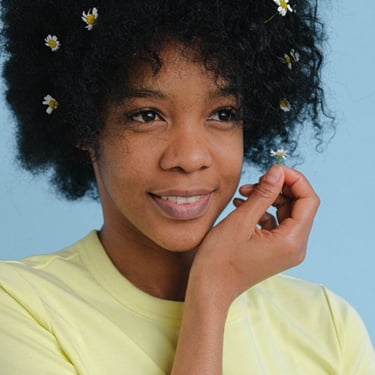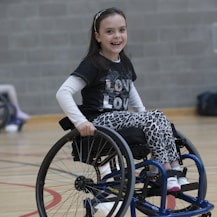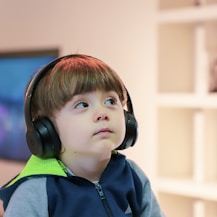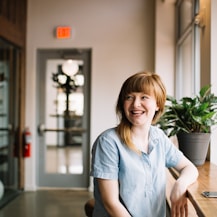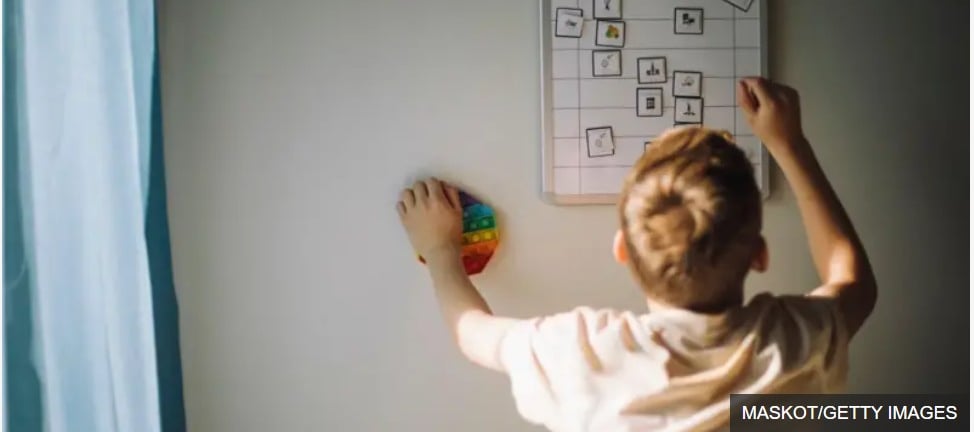

Genetic factors are believed to play a major role in the development of autism. For decades, it was difficult to identify what those factors are — but researchers are now beginning to uncover critical clues.
A genetic puzzle: why do some people have autism?
Until the 1970s, the dominant view in psychiatry was that autism was caused by poor parenting. Back in the 1940s, the Austrian psychiatrist Leo Kanner put forward the controversial “refrigerator mother” theory, suggesting that autism came from early childhood trauma caused by mothers who were cold, emotionally distant and rejecting. That view is now considered false and deeply harmful, but it took close to three decades before Kanner’s theory was properly rejected. Wikipedia+1
The breakthrough didn’t come until 1977, when an important twin study revealed for the first time that autism has a genetic component. Follow-up studies since then have shown that if one identical twin (who shares essentially all the same DNA) is autistic, the chance that the other twin is also autistic can exceed 90%. PubMed Central+1
By contrast, among non-identical same-sex twins, the chance that both are autistic is around 30–35%. PubMed Central+1 That is many times higher than the overall rate of autism in the general population, which is a few percent. Wikipedia
Today, it’s broadly recognised that autism has a powerful genetic basis. Wikipedia But which genes are involved — and how those gene sequences are shaped, switched on, or disrupted by other influences — is only now beginning to be mapped out. PubMed+1
Tiny differences
Even after that 1977 twin study, it still took decades to start unravelling how complex the interaction is between autism and the human genome.
Between any two people, genetic differences are actually quite small: roughly one-tenth of one percent. In other words, only about one in every thousand “letters” (base pairs) of their DNA will differ. Sometimes those differences do nothing. Sometimes they have a mild effect. Sometimes they have a huge effect.
Right now, scientists have identified very “strong” genetic differences in roughly 20% of all autism cases — situations where a single mutation in a single gene is largely responsible for major changes in brain development. These single-gene events are one of the most intensely studied areas in autism research, because they often lead to profound, highly disabling outcomes that can limit daily life. PubMed+1
“This isn’t the kind of autism you see in films,” explains Thomas Bourgeron, a professor of neuroscience at the Pasteur Institute in Paris. If you’re born with one of these major mutations, there’s a high chance you’ll also have intellectual disability, motor delay (difficulty coordinating muscle groups), or epileptic encephalopathy. These issues can have a huge impact on the person’s quality of life — and on their family.
So far, researchers have identified at least 100 genes where these mutations can occur. Bourgeron made some of the first discoveries in March 2003, when he linked two autism-related mutations to the way the brain builds synapses — the connections between neurons. That process is called synaptogenesis.
One high-profile example is mutations in a gene called SHANK3. Fewer than 1% of autistic people are known to have a SHANK3 mutation, but when it does happen it can be significant. PubMed+2PubMed Central+2 We now know that some of these SHANK3 mutations are “de novo”, meaning they arise spontaneously in the developing embryo and weren’t present in either parent’s blood DNA.PubMed+2PubMed Central+2
Daniel Geschwind, professor of neurology and genetics at UCLA, says these de novo mutations are a bit like a lightning strike: sudden, rare, and with big consequences.
But in other situations, a mutation can be inherited from a parent — even if both parents appear neurotypical (not autistic). This is something researchers have only really started to understand in the past decade.
Why would a parent carry a rare mutation without being diagnosed as autistic, but their child is autistic? Geschwind says the likely answer is that in the parent, that mutation on its own wasn’t enough to push development off the typical pathway. In the child, that same major mutation combines with many smaller-effect genetic variants, and together they shift brain development in a way that leads to autism. PubMed+1
It’s also clear that non-genetic (environmental) factors matter. Even among identical twins, in about 10% of cases only one twin is autistic, not both. Wikipedia
In the past, attempts to explain autism using “environmental causes” led to a lot of pseudoscience — including the now widely debunked claim that certain vaccines might trigger autism. Wikipedia+1
Health agencies such as the US National Institutes of Health point instead to factors like severe prematurity; serious birth complications that reduce oxygen supply to the baby’s brain; and exposure in the womb to high levels of air pollution or certain pesticides. These are being investigated as possible (not proven) contributors. Wikipedia
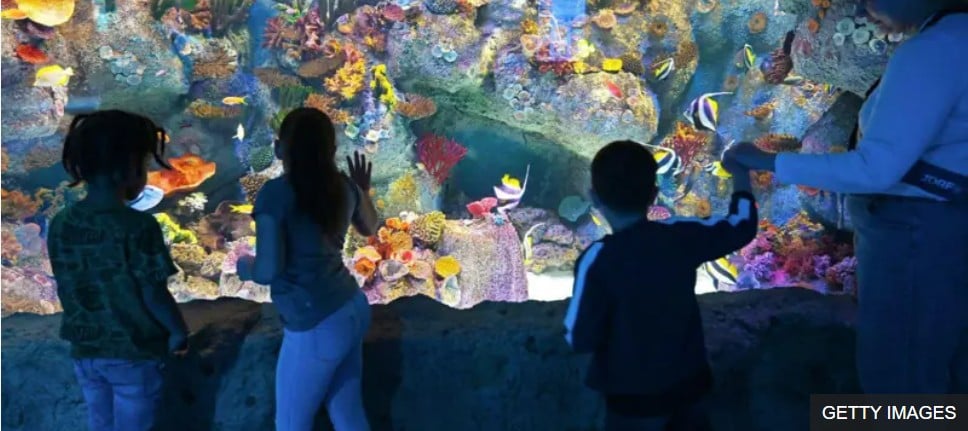

Author: David Cox
Outlet: BBC P
Date: 3 October 2025
Early brain development
Modern genetic research is helping scientists understand how altered brain development can lead to autism. Many of the genes now under the spotlight seem to be active while the cerebral cortex — the folded outer layer of the brain, responsible for high-level functions such as memory, problem-solving and abstract thought — is forming. That phase happens in the womb, especially between about weeks 12 and 24 of pregnancy. PubMed+1
“You can imagine these mutations disrupting the normal blueprint,” Geschwind says — nudging growth away from what we call typically neurotypical development and down a different branch.
Because these mutations can cause very high support needs, families have begun forming diagnosis-specific support networks. One example is families affected by SCN2A, a gene where certain changes are linked to autism and severe developmental disability. Some families are also discussing if, and how, genetic information should influence future reproductive decisions.
If the autism-linked mutation is de novo, clinicians can sometimes tell parents that the chance of the exact same challenge happening again in a future child is relatively low — because it wasn’t something the parent was consistently carrying in every cell and passing on. PubMed+1
Genetic findings can also help give families a clearer picture of the kind of developmental pathway their child may follow, which can be especially valuable for parents of a two-year-old who is non-verbal and delayed in walking.
But not everyone in the autistic community welcomes genetic research without reservations.
Autism covers a huge spectrum. It includes people with profound intellectual and physical disability who may never live independently. It also includes people who need far less day-to-day support, and who view autism as part of their identity and their strengths — not as something “wrong” that needs fixing. Wikipedia+1
For many autistic people, their families, and some academics, large-scale genetic data collection raises ongoing concerns about how that data might be used in the future.
A complex picture
Over the past 50 years, genetic studies have shown that for most autistic people, neurodiversity doesn’t usually come from one dramatic mutation. Instead, it reflects the combined effect of hundreds or even thousands of common genetic variants inherited from both parents. Wikipedia
These common variants are present right across the population — in neurotypical people and in neurodivergent people — and each one on its own tends to have only a tiny effect on brain development. But in combination, they can meaningfully influence how the brain is “wired”. Wikipedia+1
It’s not unusual for one or both parents, who carry some of these variants, to show certain autistic-like traits — for example, a strong need for order, difficulty reading other people’s emotional cues, or an intense sensitivity to patterns and routines — without meeting diagnostic criteria for autism themselves.
In the early 2000s, Simon Baron-Cohen (University of Cambridge) and colleagues created a test called “Reading the Mind in the Eyes”. The test shows only a person’s eyes and asks you to pick which emotion or mental state they’re expressing — things like irritation, playfulness, reassurance, boredom. The idea was that people who struggle more with this may be more likely to sit somewhere on the autistic spectrum.
Working with a commercial DNA testing site (23andMe), researchers gathered data from more than 88,000 people — linking how well they read emotions from the eyes to their genetic information. From this huge dataset, they were able to identify clusters of common genetic variants associated with reduced ability to interpret others’ emotions from minimal facial cues. Many of those variants are thought to be more common in autistic people. eLife
Other studies have found that common autism-linked variants often correlate negatively with traits like social ease or empathy, and positively with strengths in systemising — analysing rules, structures, technology, maths, spatial reasoning, even certain types of art. Some of these variants also seem to be associated with higher levels of formal education. eLife
Geschwind and Baron-Cohen are now launching work to explore whether some of these common variants could help explain two long-standing observations:
autism is diagnosed more often in males than females, and
autistic girls and women are often described as “masking” or “camouflaging” their differences more successfully.
One current hypothesis is that typical differences in how male and female brains develop might make males more vulnerable to certain autism-linked genetic liabilities, and might offer females some protective effect — but researchers don’t fully understand this yet. eLife
At the same time, some specialists argue autism in women is still heavily under-recognised, and many girls and women miss diagnosis or are misdiagnosed.
Understanding sex-based differences could, in theory, help identify “protective factors” that one day might be used therapeutically. But even that idea is controversial, because it touches on one of the deepest tensions in autism research: while some scientists are actively looking for treatments, many autistic self-advocates and researchers say autism is not something that should be “cured”, but a valid neurotype and shared identity.
Sue Fletcher-Watson, professor of developmental psychology at the University of Edinburgh, puts it this way: autism is not like cancer, where it’s universally agreed that the condition itself is harmful and must be eliminated. Autism is not a single biological disease with a single outcome. It’s not something where you can run a test and get one neat prognosis. And for many people, it’s part of the natural diversity of how human minds work.
Because of this, a lot of autistic adults worry that genetic research could lead to prenatal screening tests designed to prevent autistic births. Activists have even used the phrase “autistic genocide clock” to describe their fear that, if such screening became routine, autistic people could effectively be engineered out of the population — similar to how, in some countries, almost all foetuses with Down syndrome are aborted following prenatal screening. Wikipedia
Fletcher-Watson argues that genetic researchers, as a group, haven’t always done enough to listen to the autistic community’s concerns about data privacy, future uses of genetic data, or the political risks — especially in an era when far-right ideologies and eugenics-style arguments are openly resurfacing in some countries. Wikipedia
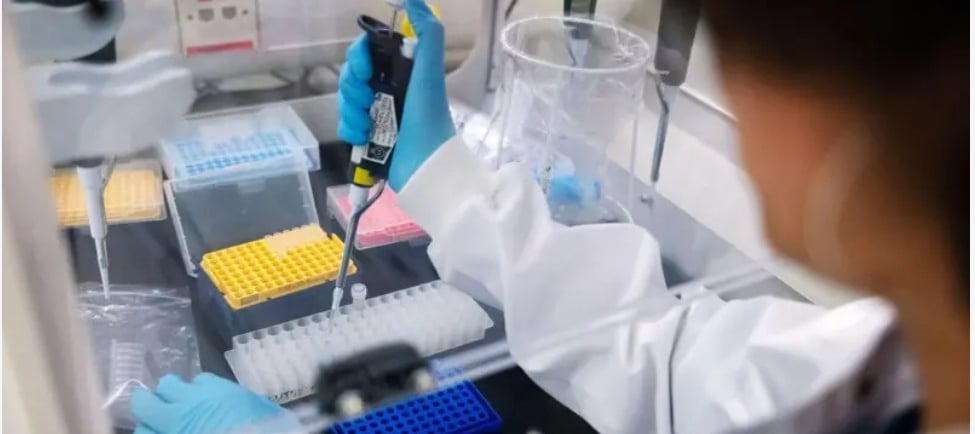

Across the spectrum
Joseph Buxbaum, professor of psychiatry at the Icahn School of Medicine at Mount Sinai and founder of the Autism Sequencing Consortium (an international network that shares genetic data and samples), says that some autistic activists are missing an important point.
He argues: if someone tells you “I’m autistic and I don’t need any research done on me,” you also have to consider the child who cannot speak, has an IQ around 50, has uncontrolled epilepsy, and will likely require 24-hour care for life. For that person and their family, the idea of “intervention” is not about erasing identity; it’s about easing severe disability and distress.
Geschwind agrees, and says we need to be honest about how broad the spectrum really is. For a large part of the spectrum, autism should simply be accepted and supported in the same way we accommodate other disabilities. But there is also a distinct group of people who are so profoundly affected that targeted treatment is compassionate and necessary.
To make that distinction clearer, The Lancet Commission in 2021 used the term “profound autism” to describe autistic people who cannot advocate for themselves and will likely need round-the-clock care for life. Clinical trials are now under way to test different strategies aimed at single genes that sit behind some of the most severe intellectual and physical disabilities seen in people described as having profound autism.PubMed+2jaguargenetherapy. com+2
Here’s the basic idea. Every gene in your body comes in two copies (alleles) — one from each parent. Many of the severe, de novo autism-related mutations only disable one of those two copies. Recent lab work from Geschwind’s group suggests that, in principle, you might reduce the severity of disability if you can boost the activity of the still-healthy copy to compensate. PubMed+1
Bourgeron has already run a clinical trial using lithium to try to strengthen activity of the intact SHANK3 gene copy in autistic children who have a damaging SHANK3 mutation.
And the US Food and Drug Administration (FDA) has cleared Jaguar Gene Therapy, a biotech company, to run first-in-human trials of a gene therapy (called JAG201) aimed at children and adults who have autism due to SHANK3 haploinsufficiency, and those diagnosed with Phelan-McDermid syndrome — a genetic condition linked to severe speech, developmental and behavioural challenges. jaguargenetherapy.com+2jaguargenetherapy.com+2 Enrolment for these studies began in 2024–2025, starting with very young children and then expanding to adults.jaguargenetherapy.com+1
Geschwind says that in future, gene-editing technologies like CRISPR — which allow scientists to directly modify a person’s DNA — could even be used earlier in life, potentially including during pregnancy, to partially repair a harmful mutation before it causes the most severe outcomes. jaguargenetherapy.com+1
Fletcher-Watson cautions that while these approaches might dramatically improve quality of life for children with profound intellectual disability, it’s misleading to talk about them as “treatments for autism”, because what they are actually targeting are specific causes of severe developmental disability that sometimes co-occur with autism. She notes that autism as an identity gets a lot of attention, funding and advocacy, while intellectual disability on its own is still under-resourced.
Even so, Fletcher-Watson is cautiously optimistic that genetic research could yield better treatments for certain conditions that commonly travel alongside autism — such as epilepsy, sleep disorders, obsessive–compulsive disorder (OCD) and gastrointestinal problems.
Bourgeron is now leading a Europe-wide project on risk, resilience and developmental diversity in mental health. His team works directly with autistic people and their families to understand why autism so rarely appears alone, and why some individuals seem more vulnerable than others to co-occurring challenges.
He says we also need to get much better at respecting neurodiversity and stripping away stigma. Some autistic people with SHANK3 mutations are so profoundly affected that they genuinely require 24/7 care. Others might only need some targeted support at school to thrive.
“In general,” Bourgeron says, “we need to do a better job recognising neurodiversity — and do everything we can to make sure people who think and behave differently from the majority can still flourish in our communities. ”eLife+2jaguargenetherapy.com+2

